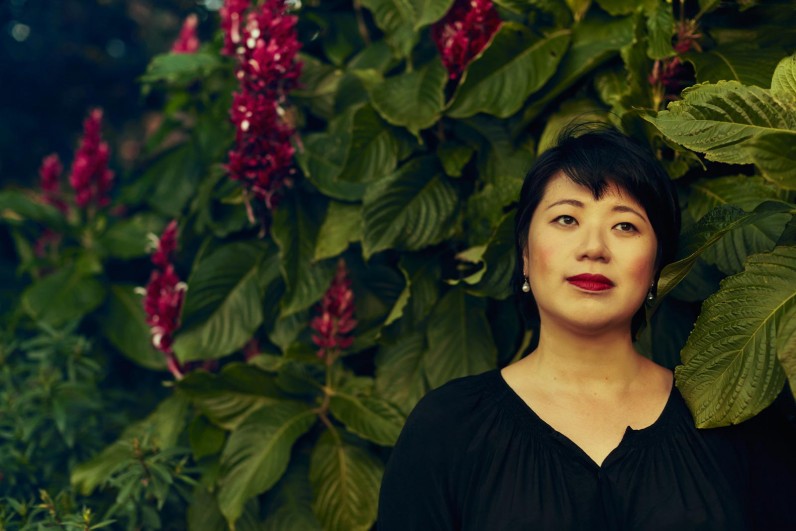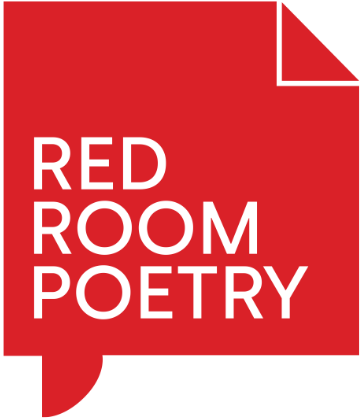Giving Back: On being poet-in-residence at the Royal Botanic Garden Sydney

The aeroplane lands with a series of bumps, then taxis to the gate. Even in the air-conditioned drawbridge, you sense that there is something different about the air. It’s heavy and moist, like the thick foliage of trees that line seemingly every street in this city.
Singapore has been called a garden city, and rightly so. This small island-city was once jungle and swamp. Home now to over five and half million people, it is a city of skyscrapers and high-density living. Yet, the view from the aeroplane flying overhead is a complex mosaic of green peppered with the metallic shine of street lamps.
The Singapore Botanic Gardens was founded in 1859, a mere forty years after the British colonisation of the island of Singapura. It is also one of the few places in the urban landscape of Singapore where there are wide-open, uninterrupted expanses of greenery.
As a child, I spent hours on end in the Singapore Botanic Gardens. The Science Museum ran a Young Scientist program for primary school students, and I was enrolled in one for young botanists. I had to complete a series of tasks in order to attain my badge, including making flower pressings, sketching botanical drawings, gathering spores from ferns, and writing poetry about plants.
Some writers decide from the very beginning what they want to write about. Others allow their obsessions to present themselves, obsessions often stemming from a burrowing germ of an idea, which spreads roots and reveals itself in various stages growth over the years.
The American poet Li-Young Lee writes of persimmons and roses; Louise Gluck examines the myth of Perspehone through the emblem of the wild iris. Daffodils belong to Wordsworth, the plum to William Carlos Williams. Carol Ann Duffy lays claim to the onion. Philip Levine and Lu Xun both wrote of wild grass, Levine said he ‘broke open the hearts of seeds’. Plants, like the moon, are often the province of the poet.
Nearly ten years ago now I uprooted myself from the land in which I had grown up to move to Sydney, Australia. I recall my early fascination with how much sky there seemed to be, even in the city. I also remember feeling lost without friendly trees: here there were no flames of the forest, no angsana, no tembusu.
Slowly, I gained the names of plants in my new country: the emblematic eucalypt, tea-tree, plane trees, banksia, golden wattle… When I visited San Francisco and saw the startlingly familiar purple blossoms crowning the hillsides, I felt joy at their presence, as well as an odd, proprietary right to the jacaranda. When I smelled the astringent scent of eucalyptus leaves, I felt like I had come home.
Plants and flowers have tangled themselves in my poems over seven years of writing. Ginseng, magnolia, peonies, roses, irises, chrysanthemums, orchids, plum blossoms, the mulberry… One afternoon, several years ago, standing in the fernery in the Royal Botanic Garden Sydney, the seeds of a poem were planted in me, later to become ‘Fern’.
It seems fitting that I am writing poems for the Royal Botanic Garden this year, that these poems will be installed at sites that inspired the work. After all, plants have given so much of themselves to me. These poems are simply a way of giving back to the plants, and to the people who care for, and come to commune with these plants.
---
Eileen Chong is a poet commissioned for New Shoots.
Eileen Chong is a Sydney poet. Burning Rice (Australian Poetry, 2012) was shortlisted for the Anne Elder Award, Australian Arts in Asia Award and the Prime Minister's Literary Award. Her other books are Peony (Pitt Street Poetry, 2014) and Painting Red Orchids (Pitt Street Poetry, 2016)... read more »
